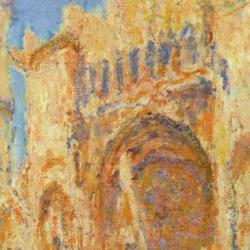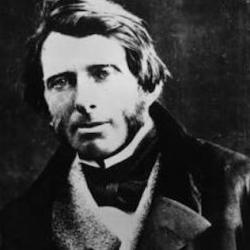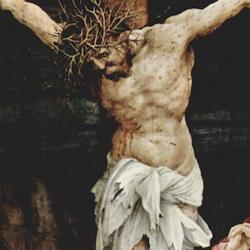In his recent study of figural exegesis, Time and the Word, Ephraim Radner traces the “fate of figural reading.” The Middle Ages form a crucial stage in that history. Drawing on the work of Friedrich Ohly, Radner argues that the “medieval typology was part of a long-standing outlook that remained in place, mutatis mutandis, well into the early modern period. . . . typology is bound to a certain conception of time, one presented in terms of historical unity. It is a unity, as the typologist sees it, given by God in time that is articulated through revelation, but just because of this, it is more than a humanly subjective perception. It is a ‘real’ unity that draws all periods into relation one with another” (62)_
For the medievals, typology embraced not only time, but also “natural object and fabricated artifacts. . . . the typological synthesis of the middle ages becomes ever more exhaustive in its reach in comparison with the practical typological schemes of earlier Christian interpreters.” With theologians such as Thomas Bradwardine, typology explored the import of the temporal dynamics of typology for understanding of theological issues like grace and free will. For Bradwardine, “even something as vexing as human contingency was deemed to be utterly God-derived. Each instant of human decision, that is, finds its existential location within the specific act of God’s creative grace.”
Typology also extended to the natural world, now seen as “an ordered whole, if grasped from a spiritual perspective, where everything must (and does) in act refer to everything else. The universe exists as a ‘language’ in and of itself, given that reality is a kind of divine speech before all else.” Augustine first used the notion of the “two books” of Scripture and nature but “it is only in the Middle Ages that this framework becomes vital for understanding reality” (63).
The proliferation of signs threatens to exceed any order; it threatens to become “neurotic,” in Eco’s phrase. What saves typology, what keeps it coherent, is its rootedness in Scripture: “it overwhelming potential is held in check by the fact that such a vision is finally limited by the single reality of Scripture itself: the ‘one speech of God’ is given in such a way that the world’s linguistic meaning is always congruent with and explicated according to the singular voice of the Bible. While that voice, heard with Augustinian ears, might itself be of infinite depth and meaning, it is nevertheless the constraining feature that grants reality its fundamental coherence” (65).















